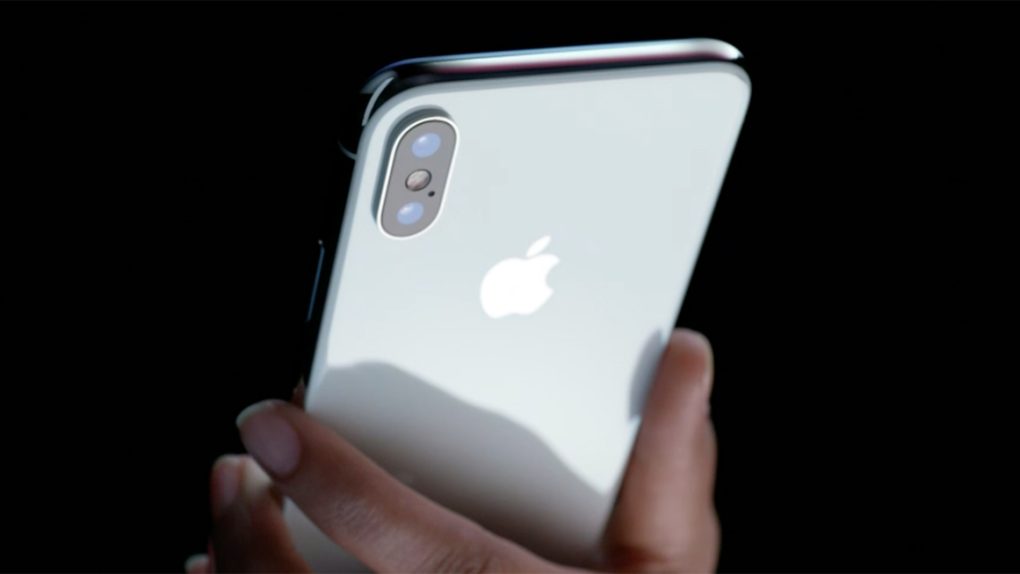We’ve arrived at the one-week anniversary of the tenth-anniversary iPhone. In other words, Apple’s iPhone X was finally released a week ago day. The reception from consumers has been overwhelmingly positive, which is pretty surprising considering how different the new iPhone X is from any iPhone that has come before it. As we discussed in an earlier post about how the most brilliant thing about the iPhone X’s design isn’t something you can even see, people are typically uncomfortable with change and there’s almost always blowback. But with the iPhone X, the honeymoon isn’t over just yet.
One of the few things people do seem to be complaining about, though not nearly as much as most industry watchers expected, is Face ID. In many cases it’s far simpler and more convenient than Touch ID, but there scenarios where Face ID just doesn’t work as well as a fingerprint scanner. There are even some cases where Face ID doesn’t work at all, like when you’re in bed and half your face is smushed into a pillow, right? Wrong.
If you’re like us, the first thing you do when you open your eyes in the morning is reach over to your nightstand and grab your smartphone. It’s a terrible habit, but good luck breaking it. If you’re a back sleeper, then using Face ID to unlock your iPhone X when you wake up is obviously no problem. But if you sleep on your stomach or on your side, Face ID fails to unlock your phone and you have to fumble with entering your passcode or PIN.
We’ve seen a bunch of people complaining about this on Facebook, Twitter, and elsewhere. Some of our friends and family have complained about it as well. The obvious conclusion is that Apple’s TrueDepth system that powers Face ID cannot see enough of your face to authenticate, so it forces you to enter your PIN. After all, how can Face ID identify your face if half of it is obscured?
Well guess what… you’re holding it wrong.
Face ID on the iPhone X will work just fine even if it can only see half of your face. The problem isn’t that your face is partially obscured. As noted by a Reddit user in a recent thread, the problem is that you’re holding your iPhone much too close to your face. As a result, the iPhone X’s dot projector can’t get enough coverage to verify a large enough portion of your face. Think about how close you hold your phone to your face when you wake up in the morning. Try using Face ID that close now. See — even while you’re sitting up, Face ID won’t work that close to your face.
So, the solution is simple albeit a bit uncomfortable: hold the iPhone X further away from your face. As long as it’s about 12 inches away when you raise it, Face ID should work every time like clockwork.








